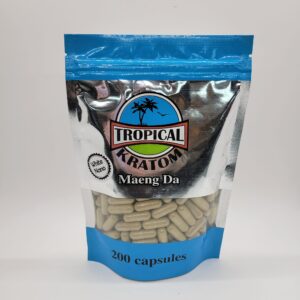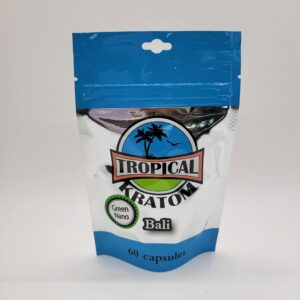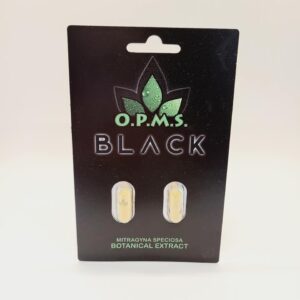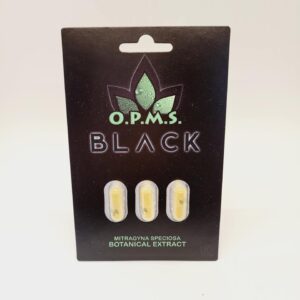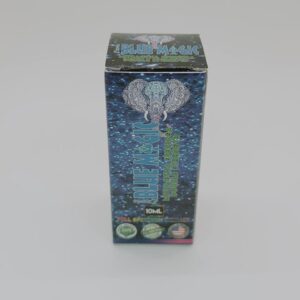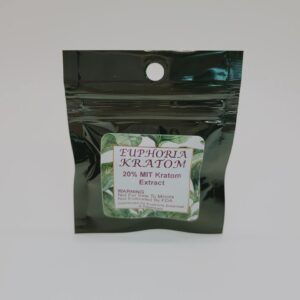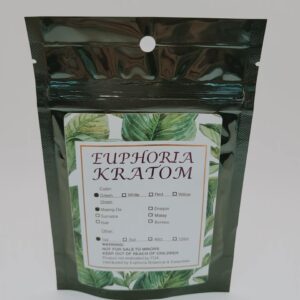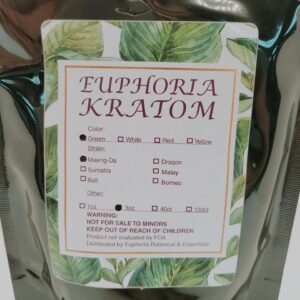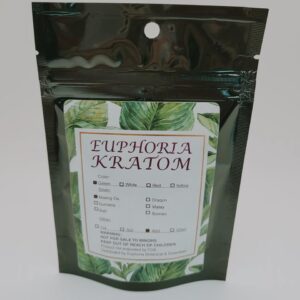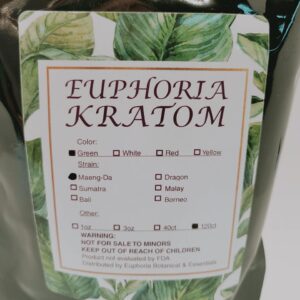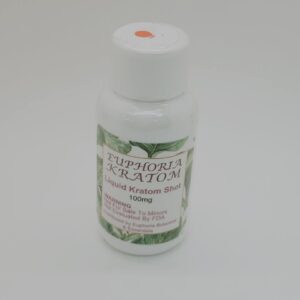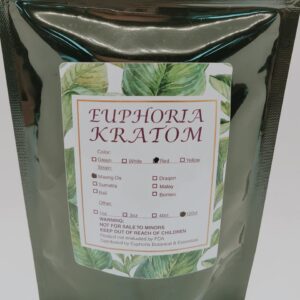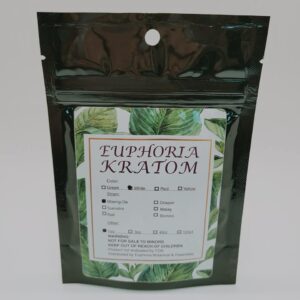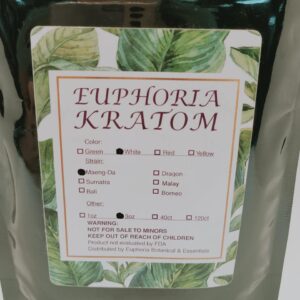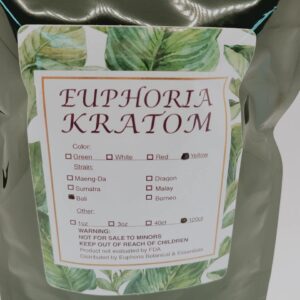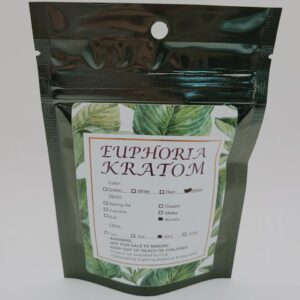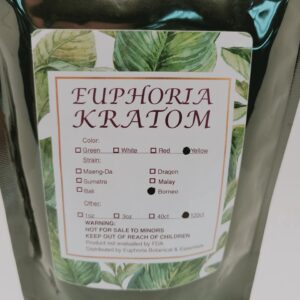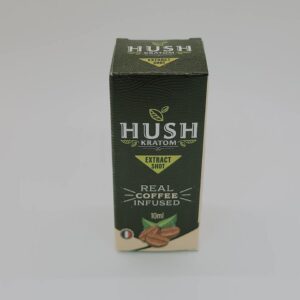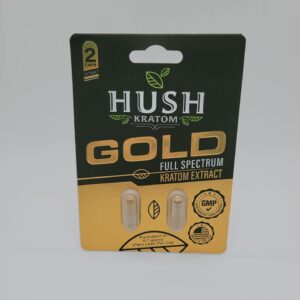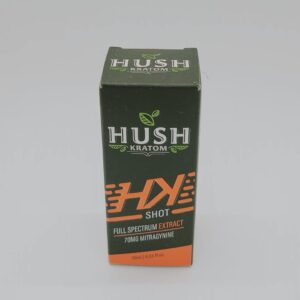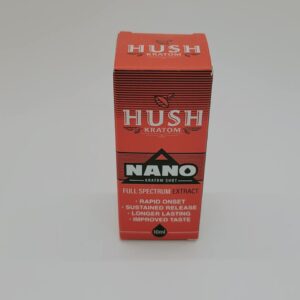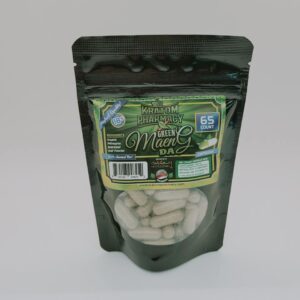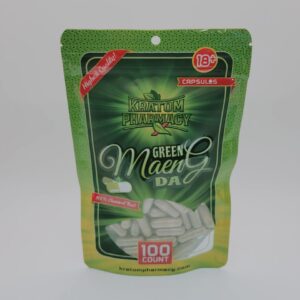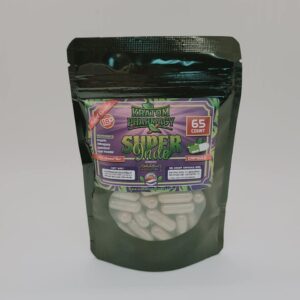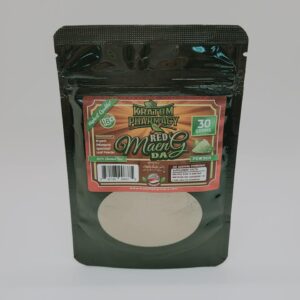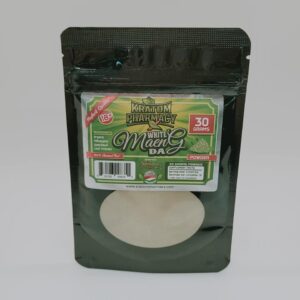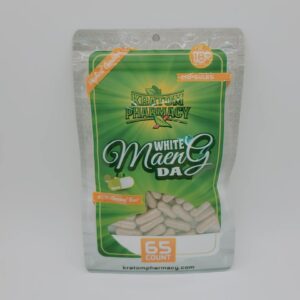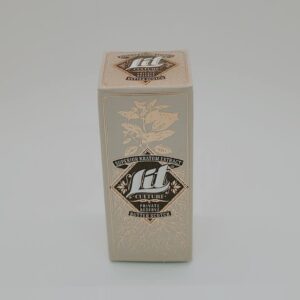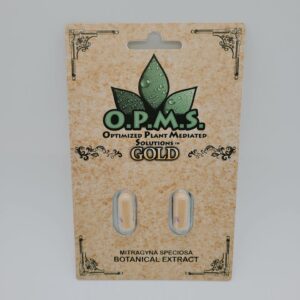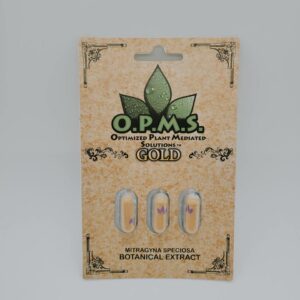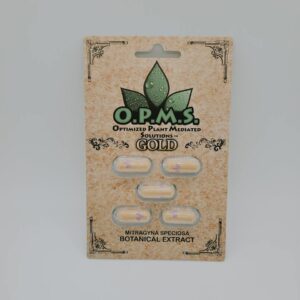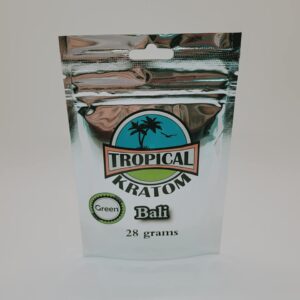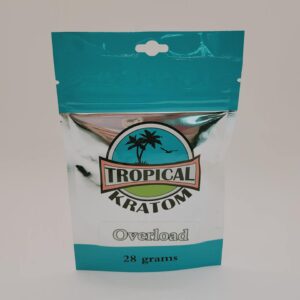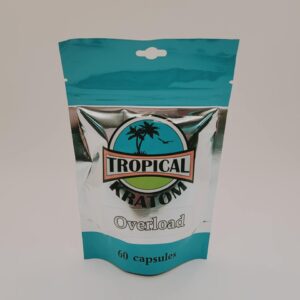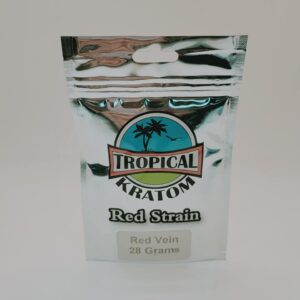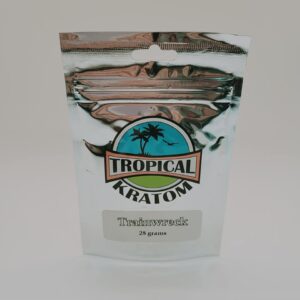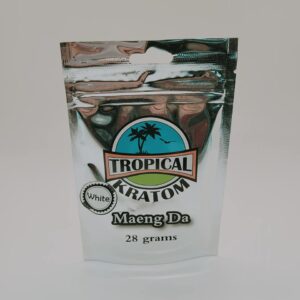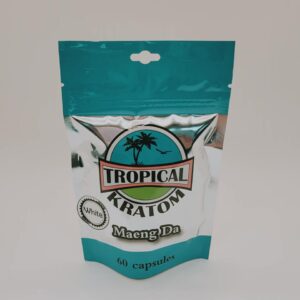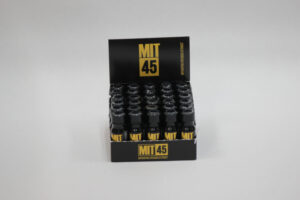Kratom
used for centuries in Asia
“Kratom” or mitragyna speciosa is a tropical evergreen tree in the coffee family native to Southeast Asia. It is indigenous to Thailand, Indonesia, Malaysia, Myanmar, and Papua New Guinea, where it has been used in herbal medicine since at least the nineteenth century. Kratom has opioid properties and depending on the strain, some relaxing or stimulant-like effects. It is used to help with pain and has been known to help with opioid withdrawal symptoms. Some people are able to become completely independent of pharmaceuticals or other drugs by switching to kratom. *
The FDA and W.H.O. (World Health Organization) are currently working together to try to ban kratom globally. Yes, these are the same people shoving addictive pharmaceuticals down our throats… crazy, right? Click the link below that will take you to the American Kratom Association page and you can send in your testimony and fight these hypocritical scumbags!
According to the National Institute of Health:
“Traditionally, in Southeast Asia, people have chewed kratom leaves or made them into a tea that’s used to fight fatigue and improve work productivity. Kratom has also traditionally been used during religious ceremonies and to treat medical conditions such as pain and diarrhea, sometimes as a substitute for opium.
Two compounds in kratom leaves, mitragynine and 7-hydroxymitragynine, interact with opioid receptors in the brain, producing sedation, pleasure, and decreased pain when taken in high doses. Lower doses cause alertness instead of sedation.
Some people in Western countries use kratom to try to treat pain or manage opioid withdrawal symptoms.”

